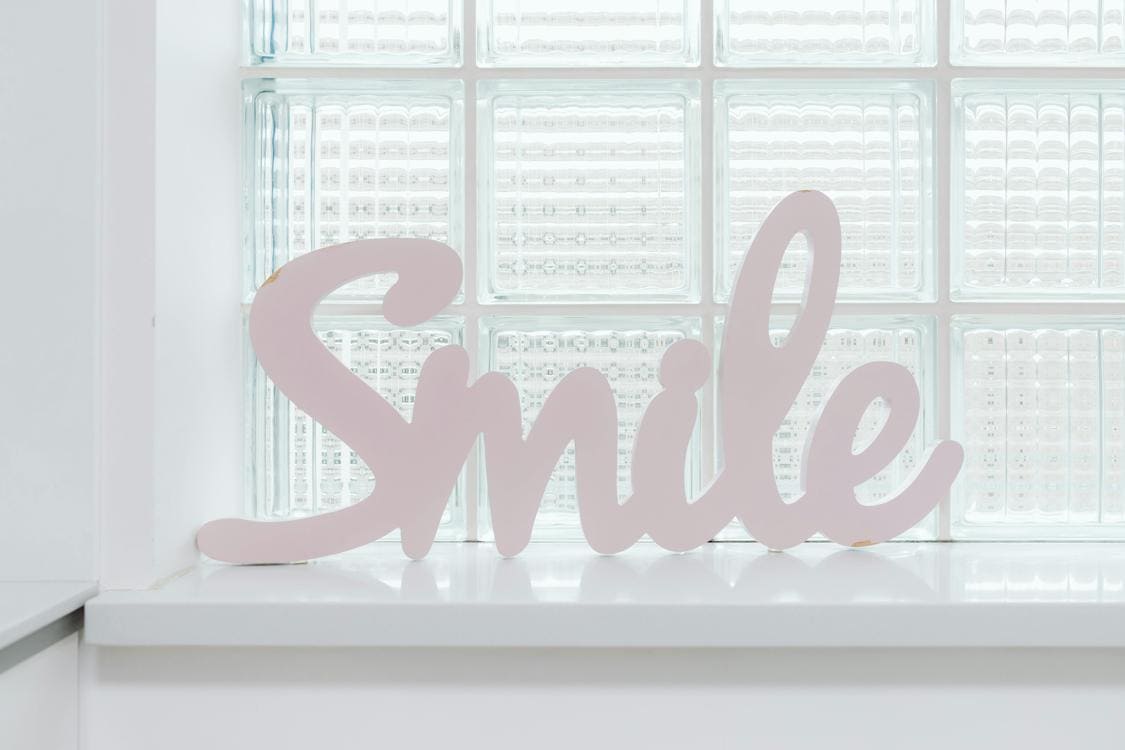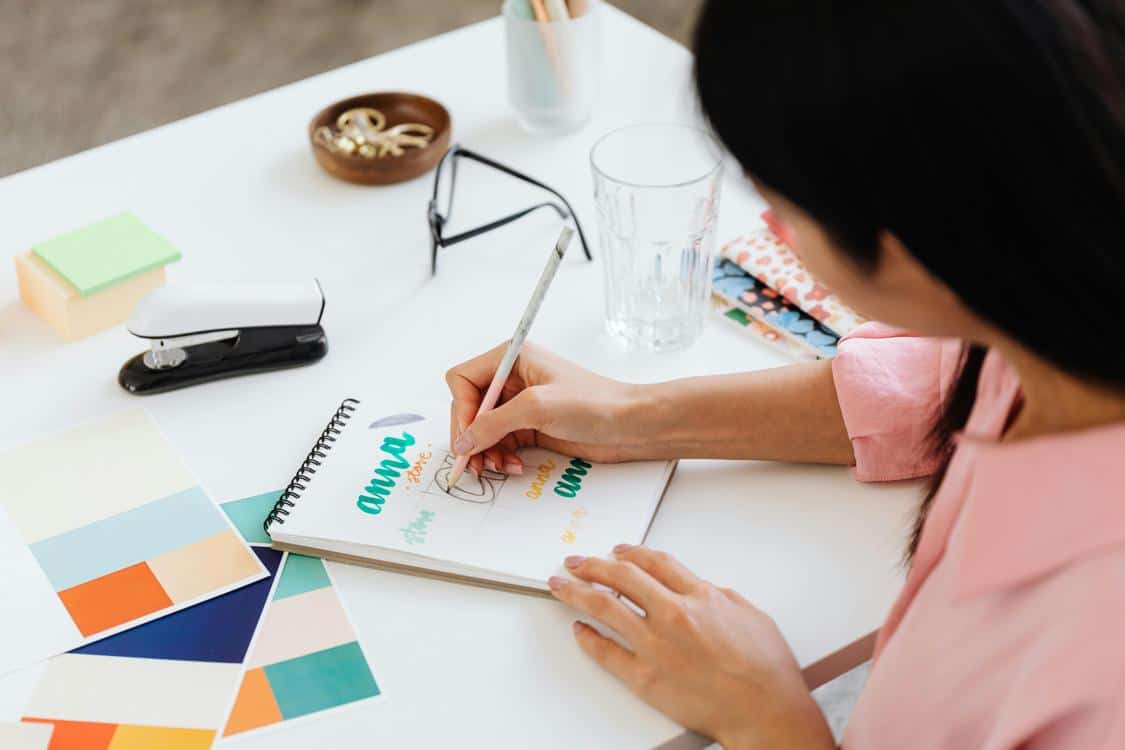Learn how to take your hand lettering to the next level with a variety of techniques and tools. Discover how to add flourishing, use color to draw in your audience, and create eye-catching layouts.
Practice with guidelines to maintain consistency in the size and slant of your letters. It’s also helpful to familiarize yourself with the anatomy of letters, such as ascenders, descenders, and x-height.
Flourishing
Flourishes are the decorative curls and swirls that accent and enhance your lettering, adding a touch of elegance and sophistication. While it may be tempting to add flourishes to every word and stroke in your designs, too many will overwhelm the piece. Master the technique of gracefully adding and removing them, and you’ll be able to elevate even the most basic text into a truly elegant piece.
Brush pens are ideal for hand lettering, as they allow you to create unique stroke widths and textures that give your work personality and character. But you can also use other tools, such as a compass and a ruler, to achieve the precise lines and alignment needed for effective hand-lettering compositions. These advanced techniques will help you create eye-catching, stand-out designs that are sure to get noticed.
As you learn new hand-lettering and design skills, it’s important to practice them as often as possible. By utilizing dedicated practice sheets and workbooks, you’ll be able to focus on mastering individual letters, words, and compositions, while improving your overall writing and artistic abilities. These valuable resources will provide you with targeted exercises, guidelines, and templates to hone your craft and help you achieve your creative goals.
While it’s not always practical to practice on actual client projects, creating sample pieces is an excellent way to hone your skills and build confidence in your ability to deliver exceptional work. You can also take advantage of online galleries, social media groups, and other communities to connect with fellow lettering artists and find inspiration for your own creations.
When practicing, it’s important to be mindful of plagiarism, as copying other people’s designs and claiming them as your own is illegal. However, it is okay to trace and deconstruct the work of experienced letterers for the purposes of studying their methods and identifying which elements you like best. This will help you develop your own style, which will set you apart from other designers.
Blending Colors
When it comes to hand lettering and design, color can be one of the most powerful elements to add to your work. Whether you are using multiple colors to highlight important details or creating a beautiful gradient effect, learning how to blend colors is an essential skill that will allow you to take your designs to the next level.
Color blending is the process of seamlessly transitioning from one color to another within a single stroke or letter. It can be used to create a wide range of effects, from subtle gradients to bold ombre styles. This technique is particularly useful when working with contrasting colors, as it helps to add depth and dimension to your work.
To master the art of blending colors, it is important to have the right tools. Having a set of high-quality pens will allow you to achieve the best results, but it is also important to experiment with different types of paper and textures. A smooth surface will work well for fine-tipped pens, while a textured paper can provide a unique character to your hand lettering.
Another important tool to have is a pencil. A pencil can be used for the preliminary drawing of your lettering, as well as for erasing guide lines once you are finished. It is also helpful to have a ruler to help you maintain consistency and alignment.
A pencil is also a great tool for testing out your strokes and compositions. Try to find a balance between your downstrokes and upstrokes, and ensure that the transitions are smooth. You can also use a comb, sponge, or toothbrush to make broad strokes for unique effects and textures.
As you continue to practice, it is important to remember that your style will be a reflection of who you are. It will take time to develop your own unique style, but it is essential that you stay true to yourself and let your personality shine through in your work.
One of the best ways to develop your own style is to be inspired by other artists. Find a few artists who have a similar aesthetic to you and study their work closely. Identify the techniques that they use and try to replicate their styles in your own. This will allow you to create a cohesive and compelling style that is truly your own.
Contrast
Using contrast to make your hand lettering and design stand out is a simple, yet effective way to convey a message. This design principle works by contrasting two different elements – think dark black and light white, for example. You can use this concept to create dynamic and eye-catching pieces by playing with size, color, style of lettering (thick or thin lines), line weight within your letters (upstrokes versus downstrokes) and even shadowing.
One of the easiest ways to experiment with contrast techniques is to play around with different styles of hand lettering. Once you have the basics down, try putting them together to form a letter or word. Alphabet lettering practice is a great place to start, since it allows you to see how all of your basic strokes come together to form actual letters.
This bold hand lettering style uses a basic chisel tip marker font with gray shadows along each of the letters for an impressive look. It’s a perfect choice for creating branding elements or anything else that needs to grab attention and make a statement!
Another great way to experiment with contrast is by playing with placement. This can be done by placing your words close together or far apart, or even by varying how tall or short your words are. The key is to be intentional with your word placement and make sure that you are maximizing the impact of your message, akin to the results achievable with rub on transfer products.
If you want to take your hand lettering to the next level, consider adding rounded edges, drips or split tips to your designs. This will add a touch of dimension and a more painterly feel to your work, and it can also be a lot of fun!
As you can see, there are a lot of exciting ways to experiment with hand lettering and design. By utilizing these advanced techniques, you can elevate your work to the next level and really make it your own. So go ahead and give them a try – with a little bit of patience, you’ll be creating some pretty amazing art in no time!
Alignment

From magazine covers to restaurant signs, subway advertisements to movie posters, hand-drawn lettering has seeped into the culture fabric. It offers a beautiful connection between art, design and words that can’t be found in premade typefaces.
Using different techniques and tools, hand lettering allows you to create unique pieces of art with a personal touch that reflects your own personality and creativity. While mastering new styles takes time, there are some tips and tricks you can use to speed up the process and make your designs more visually appealing.
Alignment refers to the proximity of different elements in a composition. A good understanding of alignment helps you achieve visually balanced and polished designs. Whether you’re creating a piece of hand lettering or a more structured design, knowing how to align text and graphical elements can help your work stand out from the rest.
One of the best ways to practice and develop your hand lettering skills is by using dedicated practice sheets and workbooks. These valuable resources offer focused exercises, guidelines and templates that cover various styles and techniques, enabling you to improve your craft over time.
Invest in a variety of writing instruments and practice with different styles to find what suits you best. Try using a fine liner for a more precise and clean look, or experiment with a brush pen that can offer a dynamic range of stroke thicknesses. You can also use a pencil to sketch out your ideas or practice different letterforms before committing them to ink.
Another way to improve your lettering is to study the work of other artists. It’s important to remember, however, that plagiarism is a serious offense and it’s not okay to copy and paste someone else’s work without giving credit. It’s better to use other artists’ work for inspiration and learn from their technique by tracing and deconstructing their designs.
Flourishing is an essential hand-lettering technique that adds elegance and flair to your pieces. This style involves drawing delicate curves and swirls that dance around the main body of the letters. It’s like the jewelry of hand-lettering, adding an extra layer of depth and complexity to your overall design.

